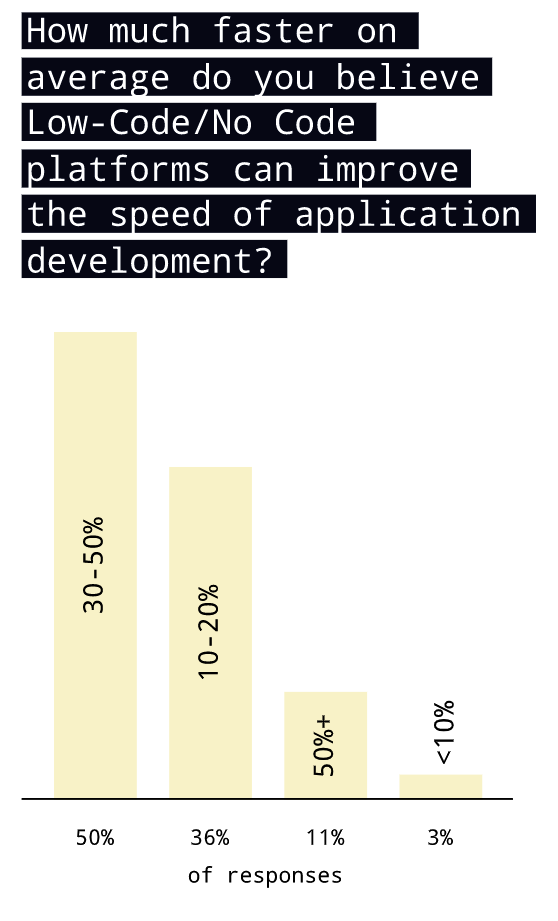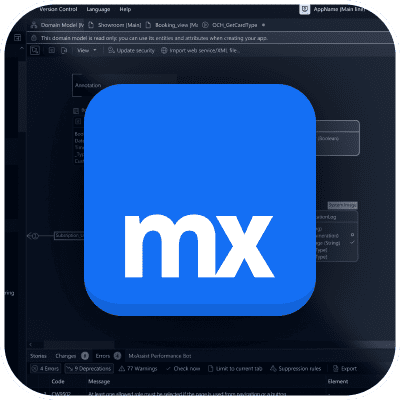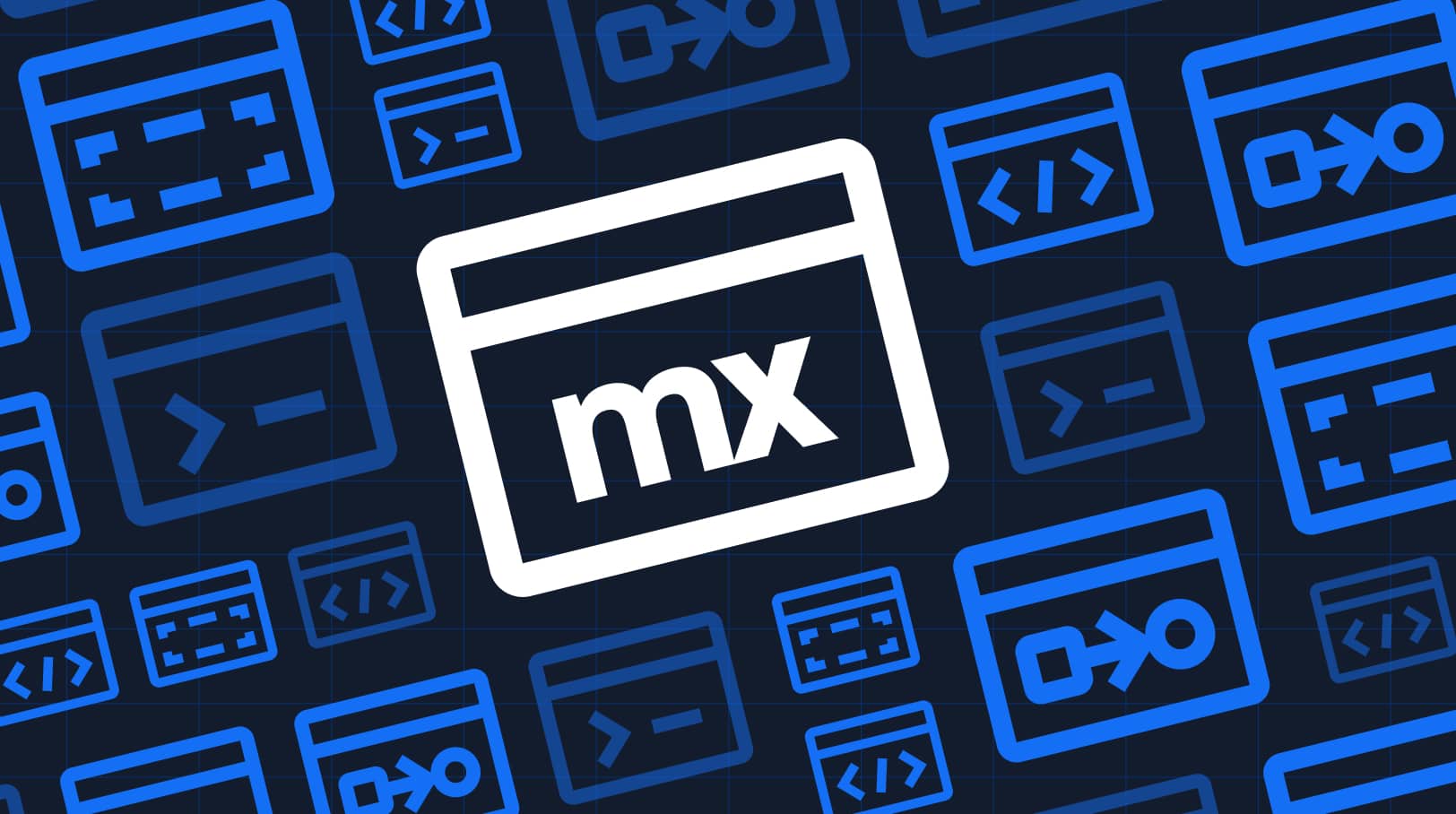How to Unlock Digital Execution in Financial Services & Insurance

Mendix recently surveyed more than 1,400 financial services and insurance (FSI) decision-makers to learn more about how the industry uses low-code and where they might go in the future.
Two white papers, one for insurance and one for financial services, dive deep into the results. Key takeaways include that businesses are getting a ton of value out of low-code (97% of users have expectations met or exceeded!) and that low-code is driving digital execution and transformation across the industry.
Two other important themes that came out of the survey are the two I’s of integrations and implementations. They’re two hugely critical elements and nailing them unlocks the door for firms to get the most out of low-code. Fortunately, they’re two spots where Mendix is best-in-class.
Take the “Grating” Out of Integrating
One of the top concerns across both financial services and insurance was the ability of low-code platforms to integrate with existing systems. Tech stacks for both insurers and financial firms tend to include core systems that are established, well-known, and, just as importantly, challenging to get away from.
A lot of proposed digital transformation projects fail for those exact reasons. Months and years of progress and untold money pour into projects that don’t work well with existing systems. There are countless stories of projects that linger for a long time without a deployed solution.
Let’s face it. Those core systems are likely not going anywhere, so it makes sense that low-code users would have concerns about how well low-code wraps around those systems. The good news for financial institutions and insurers is that Mendix excels with these integrations.
Mendix offers many ways to integrate with legacy applications and services, including SOAP, SQL, REST, OData, and more. Further, Mendix can utilize SFTP connections to shared sites with CSV, SCML, or JSON files. Connecting to those sites and reading those files while organizations link to their legacy system creates a robust system. It’s a proven process built over time to be efficient and as pain-free as possible. And for those tough situations when the legacy system is not integration-ready or not feasible, Mendix has partner relationships with robotics providers to bridge the gap.
Mendix’s ability to integrate with core processing systems, third-party platform providers, and disparate internal systems with speed truly enables financial institutions and insurers to consider not only the possible but what already exists in the market. That’s a power that only Mendix can provide.
These features aren’t just theoretical. Financial institutions and insurers are wrapping Mendix around legacy systems to create great experiences for customers and internal colleagues alike.
Look at the stories of banks like Washington Federal and insurers like MS Amlin. These orgs faced challenges with traditional development but, after turning to Mendix, quickly deployed solutions that put them ahead in their respective markets.
In addition, Mendix offers a Marketplace with solution templates for both financial services and insurance designed around these integrations. They can act as great starters for those wondering how low-code may work and provide a path for future development.
There’s always effort involved in getting integrations done, but the work to do so with Mendix is less than you might think. Don’t let it be a blocker.
Implementing Your Needs First
Resourcing is a common concern everywhere, but particularly for FSI. With so many shifting regulations and legacy systems in place, most organizations have to tap the bulk of their resources in maintenance and just keeping up with regulatory demands. Making innovative leaps in the current environment is a big ask. But with customer demands rising seemingly by the hour, those digital leaps are critical to the future of every organization.
That is the critical spot where low-code provides value. The stats show that low-code can deploy effective solutions with fewer resources and less time and cost than traditional development. Over 60% of survey respondents thought low-code could deliver 30-50% faster. The reality is that low-code can cut development time by up to 90% while using fewer resources.

However, fewer resources doesn’t mean no resources. Each firm has to make a choice about using platform vendors, building in-house, or looking to a third party. The survey showed that who makes low-code implementations has an enormous bearing on success.
Of respondents where low-code deployment exceeded initial expectations, 48% relied on the platform vendor for implementations, 36% on internal teams, and just 15% on third parties. This data shows that depending on the primary vendor or internal teams for implementation is more effective than relying on a third party.
This may be particularly true for the ever-critical first implementation, which, if done correctly, can unlock additional economies of scale by using the platform in other adjacent areas while reusing integrations or modules to go faster and save costs.
Low-code requires fewer resources and can cut development time by up to 90%.
A primary vendor, like Mendix, knows their platforms and processes and can get organizations deployed fast and at the proper scale. Working with Mendix Expert Services or a Mendix partner allows firms to deploy efficiently and also potentially upskill their internal teams for future development. It’s genuinely a springboard to success and a model that many Mendix customers have used to their benefit. For example, Corant Global is a large insurance broker that’s worked with Mendix to deploy more than 20 solutions in their first 18 months. They also saw a positive ROI just three months after work started.
Many third-party implementation teams have industry expertise, do excellent work, and add scale to the industry at effective costs. However, be firm on scope creep and build out a plan to transition to internal resources over time. That allows you to take advantage of upskilling and taking back control over development roadmaps.
Supporting Innovation The Right Way
One of the most potent tools that Mendix offers is citizen development. In other words, the Mendix platform is so powerful and easy to use that firms can empower employees to create some of their own solutions. Working directly with a Mendix partner or Mendix provides excellent training and visibility to enable citizen development. That can allow IT to focus on larger-scale projects and opens the development pipeline.
Where leadership needs to be careful, though, is with low-code governance. While Mendix allows orgs to get away from shadow IT, the flexibility of citizen development means that you can end up with a bunch of disparate apps that don’t plug together.
It’s crucial for leaders all the way up to the CIO and CEO level to implement a governance framework and continually evaluate what is being built for reuse, architecture, and risk. Prioritize the most valuable and put resources there accordingly.
That’s a strategy that allows for a broader development pipeline while keeping every solution-focused in the right direction.
[To learn more about governance frameworks, check out the e-book Your New Governance Framework.]
Low-Code: The Key to Digital Execution
Low-code is changing the digital future for FSI organizations. That’s not conjecture or speculation. That’s real. So, the only question left for leaders is where low-code can benefit the business.
Integrations and implementations are enormous deals and can feel like unscalable mountains, but they don’t have to be. The capabilities of the Mendix platform meet and exceed those challenges and turn those pain points into differentiators.
Think about the projects that have cropped up on the development roadmap that you have had to set aside. Now think about where your org could be if your org was unlocked and all those solutions were in place. That’s where you can be with Mendix.

Have Questions About the Leader in Low-Code?
Contact us for more information about Mendix or to schedule a demo.
Talk to an expert



